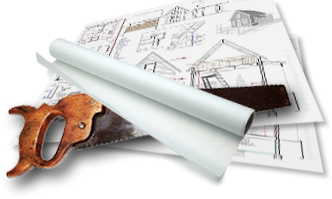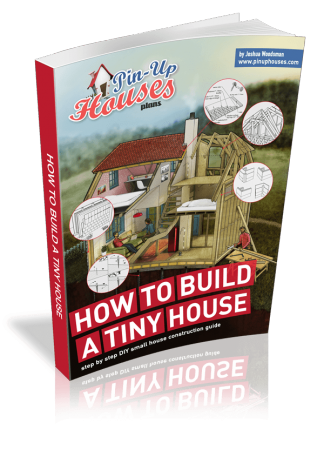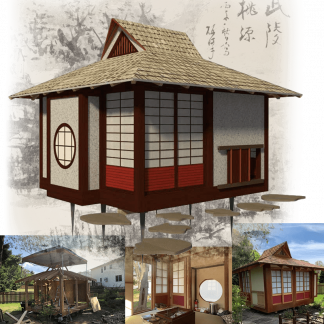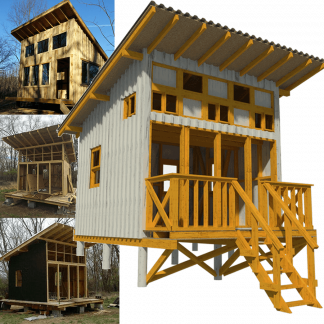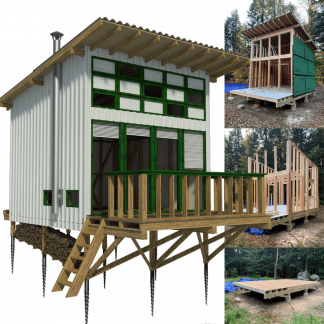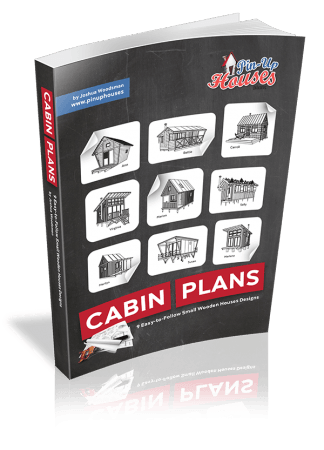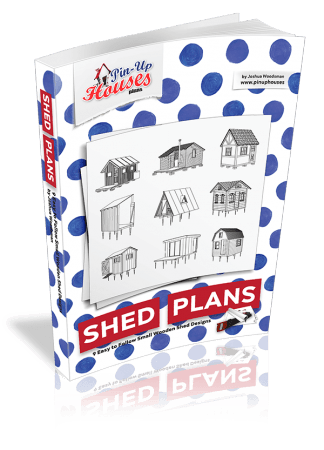
Portland’s real estate market is a vibrant tapestry of options, from cozy tiny homes to sprawling traditional houses. As more people seek to adapt their living spaces to fit their evolving lifestyles, understanding this transition becomes crucial. Whether you’re a first-time buyer or looking to upgrade, navigating the shift from compact to conventional can feel overwhelming. For those considering an alternative, living in a mobile home might offer a practical solution exploring the advantages and disadvantages of trailer living can help you make a more informed decision that suits your lifestyle needs.
This guide serves as a roadmap for those ready to embrace the diverse opportunities Portland has to offer. With insights into the unique characteristics of each housing type and practical tips for making the leap, readers will find valuable information to help them make informed decisions. Discover how to turn your real estate aspirations into reality and find the perfect home that suits your needs. If you’re wondering how to sell my house fast in Portland, Oregon, this guide will also offer useful insights into making that transition smoothly.
Overview of Portland Real Estate
Portland’s real estate market showcases a diverse array of housing options that cater to various lifestyles and preferences. From compact homes to large single-family residences, the city’s housing landscape reflects its evolving culture. Tiny houses, often appealing due to their affordability and minimalist lifestyle, continue to attract young professionals and individuals seeking alternative living solutions. In contrast, traditional homes provide space and comfort for families looking to settle in established neighborhoods.
Market trends indicate a surge in demand for both new developments and vintage properties. Buyers increasingly value eco-friendly features, leading to a rise in sustainable building practices. Meanwhile, historic districts preserve the city’s architectural heritage, offering homes with character and charm.
Investors play a crucial role in shaping the landscape, seeking opportunities in multifamily units and single-family rentals. Data from the National Association of Realtors highlights Portland’s steady appreciation in home values, making it an attractive option for investment.
Navigating the intricacies of this market requires a keen understanding of current trends and neighborhood dynamics. Awareness of local zoning laws, property taxes, and available amenities aids potential buyers in making informed decisions. Real estate professionals emphasize the importance of conducting thorough research and engaging with local experts.
In this vibrant market, careful consideration of personal goals and lifestyle needs is key to making a successful transition. For further information on housing trends and investment insights, resources like Realtor.com and the National Association of Realtors offer valuable data and guidance.
Understanding Tiny Homes
Tiny homes in Portland are gaining traction, aligning with shifts in housing preferences towards affordability and minimalism. Defined as single-family residences of 400 square feet or less, these homes are regulated by the Oregon Residential Specialty Code, which adheres to standards from the International Residential Code. The regulations encompass permanent homes on foundations, mobile units on wheels, and transitional housing options for vulnerable populations. For those looking to sell their property quickly in Portland, sell my house fast Portland Oregon offers a hassle-free solution, providing a swift and straightforward process to sell homes without the complications of traditional listings.
Benefits of Tiny Living
Affordability stands out as a primary reason people choose tiny living. The lower costs associated with constructing or purchasing these homes appeal to many. Sustainability also plays a significant role, as smaller living spaces consume fewer resources, thus reducing environmental impacts. Flexibility is another aspect, where movable homes provide homeowners opportunities for travel or relocating as needed. Minimalist lifestyles become attainable, fostering decluttering and prioritizing essential possessions. Additionally, progressive local regulations facilitate the integration of tiny homes into residential areas, helping address housing shortages.
Challenges of Tiny Homes
Navigating zoning and permitting processes can prove difficult for prospective tiny home owners. Though recent regulations have simplified some requirements, complexity remains, especially for mobile units. Space limitations present further hurdles, as tiny homes demand innovative solutions for storage and living arrangements. Infrastructure concerns also arise, particularly regarding connections to utilities for units situated outside designated parks. Financing options are often limited, with traditional lenders showing reluctance towards tiny home mortgages. In Portland, occupancy rules restrict the number of movable homes allowed per residential lot, adding another layer of challenge for those seeking to adopt this lifestyle. For more in-depth information on tiny houses and regulations, refer to the Oregon Department of Housing and Community Development and the American Tiny House Association.
Transitioning to Traditional Homes
Moving from a minimal living arrangement to a traditional home encompasses key considerations that can influence the buying experience significantly.
Factors to Consider
Market timing plays a crucial role in the real estate landscape. Typically, inventory stays low until spring, making early-year buyers feel slight pressure. With inventory rising after this season, buyers might see more options, although interest rate fluctuations can impact demand. Locations matter too; suburbs frequently outperform urban centers in appreciation and sales activity. Interest rates also affect buyer engagement; if they decrease and settle into the mid-5% range, demand is anticipated to surge. Monthly mortgage payments rise as rates increase, thus dampening affordability. On the other hand, traditional homes offer enhanced space and amenities compared to smaller living spaces, trading lower maintenance costs for greater monthly expenses.
Financial Implications
Understanding purchase costs is vital for prospective homeowners. The average home value in the area sits at approximately $547,362, reflecting a slight increase year-over-year. Though forecasts suggest a modest dip of around 0.8% over the next year, this won’t create a crash scenario. Buyers face distinct financial obligations, including down payments and closing costs. Higher interest rates contribute to increased monthly payments, presenting challenges to affordability. As market conditions vary, optimal buying or selling timelines also fluctuate. Spring tends to favor sellers, while late summer through winter is often the better period for buyers. Ongoing costs for traditional homes surpass those of minimal settings, encompassing property taxes, insurance rates, and maintenance requirements.
For further insights about the housing market, visit sites like the National Association of Realtors or Zillow.
Finding the Right Traditional Home
Navigating the process of purchasing a standard home involves understanding various factors that shape the market and the ideal property. The current real estate landscape exhibits nuanced trends, influenced significantly by local conditions and buyer preferences.
Neighborhood Considerations
When evaluating neighborhood options, aspiring buyers should assess suburban areas around the city, as these zones have exhibited strong performance in recent years. Suburbs often provide a balance of affordability and community amenities. Factors such as proximity to transportation, schools, and local parks contribute to the desirability of these areas. The tech industry plays a crucial role in reshaping neighborhoods, leading to diverse community experiences. Conducting thorough research into each neighborhood’s unique features enables individuals to find a space that aligns with their lifestyle preferences. Websites like Zillow provide extensive neighborhood insights that can inform this process.
Home Features and Amenities
Current market trends indicate a heightened demand for specific features within traditional homes. Buyers commonly seek modern kitchens, updated appliances, and energy-efficient systems that support contemporary lifestyles. Space remains a crucial consideration, with many looking for flexible living arrangements that accommodate remote work and family needs. Access to outdoor areas, such as gardens or patios, enhances the appeal of homes as well. Smart home technology also garners attention, offering convenience and security benefits. Understanding prevalent desires can guide buyers in making selections that enhance their residential experience. For further insights, the National Association of Realtors offers valuable data on home features gaining traction in the current market.
The Portland Real Estate Market
Portland’s real estate market in 2025 is characterized by a combination of stabilization and modest growth, reflective of fluctuating economic factors. The average home value ranges from $542,000 to $547,000, with annual increases between 0.1% and 1.8%, indicating a steady market. National forecasts predict home price increases between 2.6% and 4.5%, suggesting Portland’s growth remains conservative yet reliable.
Current Trends
Median home prices in the city have risen by about 6% year-over-year, with typical sale prices around $510,000. Homes currently stay on the market for an average of 36 days, indicating a competitive yet balanced environment. Inventory is gradually increasing, slightly alleviating the tight market but showing a decrease in closed sales, which implies buyer hesitation amid economic uncertainty. Sellers are advised to list in spring for optimal results, while buyers may benefit from waiting until late summer or winter for further favorable pricing dynamics.
Future Predictions
Market forecasts predict a slight dip of approximately -0.8% in home values from January 2025 to January 2026, hinting at a minor correction rather than a significant downturn. Low supply paired with built-up buyer demand, coupled with potential decreases in mortgage rates, is expected to propel future price gains across suburban areas and improve conditions within the city itself. Factors specific to the local economy, such as the growing tech sector and Portland’s cultural appeal, continue to influence trends within the real estate landscape. For authoritative insights, refer to National Association of Realtors and Realtor.com.
Conclusion
Navigating Portland’s real estate market requires a keen understanding of its diverse offerings. Whether transitioning from a tiny home to a traditional house or exploring new investment opportunities, potential buyers must stay informed about current trends and neighborhood dynamics. By considering personal lifestyle needs and future goals, individuals can make confident decisions that align with their aspirations. Engaging with real estate professionals and utilizing reliable resources will further enhance the buying experience. As Portland continues to evolve, those ready to embrace its unique housing landscape will find plenty of options to suit their needs.

